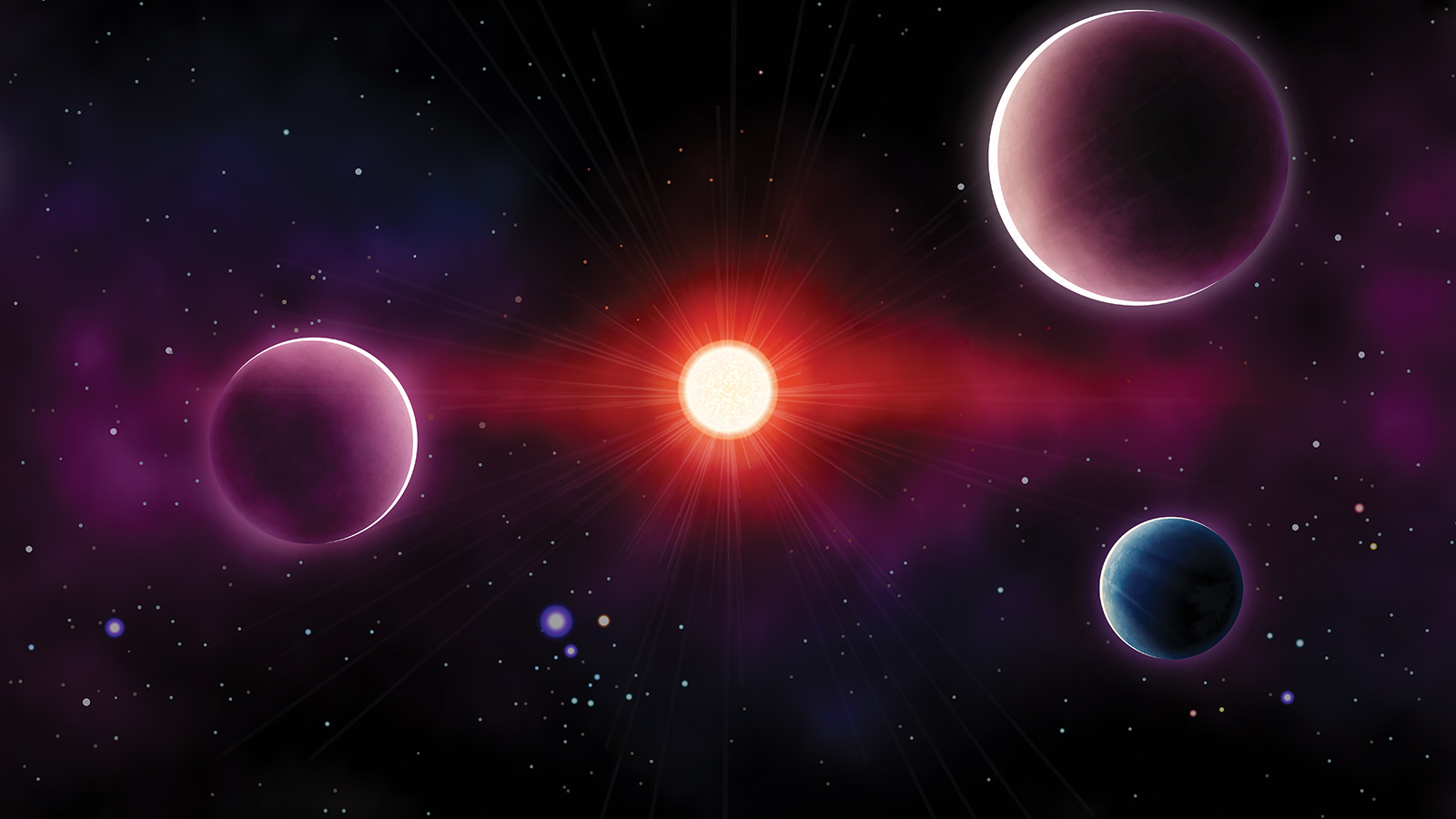Stay Up to Date
Submit your email address to receive the latest industry and Aerospace America news.
Could the James Webb Space Telescope detect energy and particles in the early universe that became us?
When it is launched in 2021, the James Webb Space Telescope will look back in time at the early universe by collecting light that has been shifted to infrared wavelengths by the expanding universe. In 250 words or fewer, explain why the following statements are true or false: Webb could very well detect energy and particles that eventually coalesced into the sun, Earth and its 7.6 billion human inhabitants. Scientists could get a glimpse of the stuff that became us.
Email your response to: [email protected]
ABOUT THE AEROPUZZLER
Your task is to boil down a complex concept into a maximum of 250 words that anyone could understand (without equations or drawings). Email your response to [email protected] by midnight Sept. 13 for a chance to have it published in the next issue. Include your city or town and a phone number (we won’t publish it). For an early start, remember that each AeroPuzzler is published online on the first of the month at aerospaceamerica.aiaa.org.
GIANT FRUIT FLY
We asked in July whether a fruit fly as big as a Cessna could fly. An ideal answer would have discussed the concept of the Reynolds number (the ratio of
inertial forces to viscous forces in the flow that increases with scale and impacts flow behavior) and also the square-cubed law (as the surface area increases, volume and mass increase at a faster rate). But given our 250-word limit, here is the winner:
The short answer is “no,” and the simplest explanation is something called the “square-cube law.” A fact of life in our three-dimensional world, when the size of an object increases, the volume and mass increase faster than the surface area. A fruit fly is properly sized for wing area and body mass at a typical length of about a millimeter. A 1975-model Cessna 172 is an inch under 27 feet long [8.2 meters]. A quick weight estimate for a 27-foot-long fruit fly, using the proportions shown in the picture and water density as an approximation for the fly’s biomass, yields a weight in the 100,000 pound [45,000 kilograms] range, compared to the Cessna’s 2,300 pound [1,000 kg] gross weight.
David Mayhew
AIAA senior member
Stratford, Oklahoma
Stay Up to Date
Submit your email address to receive the latest industry and Aerospace America news.




